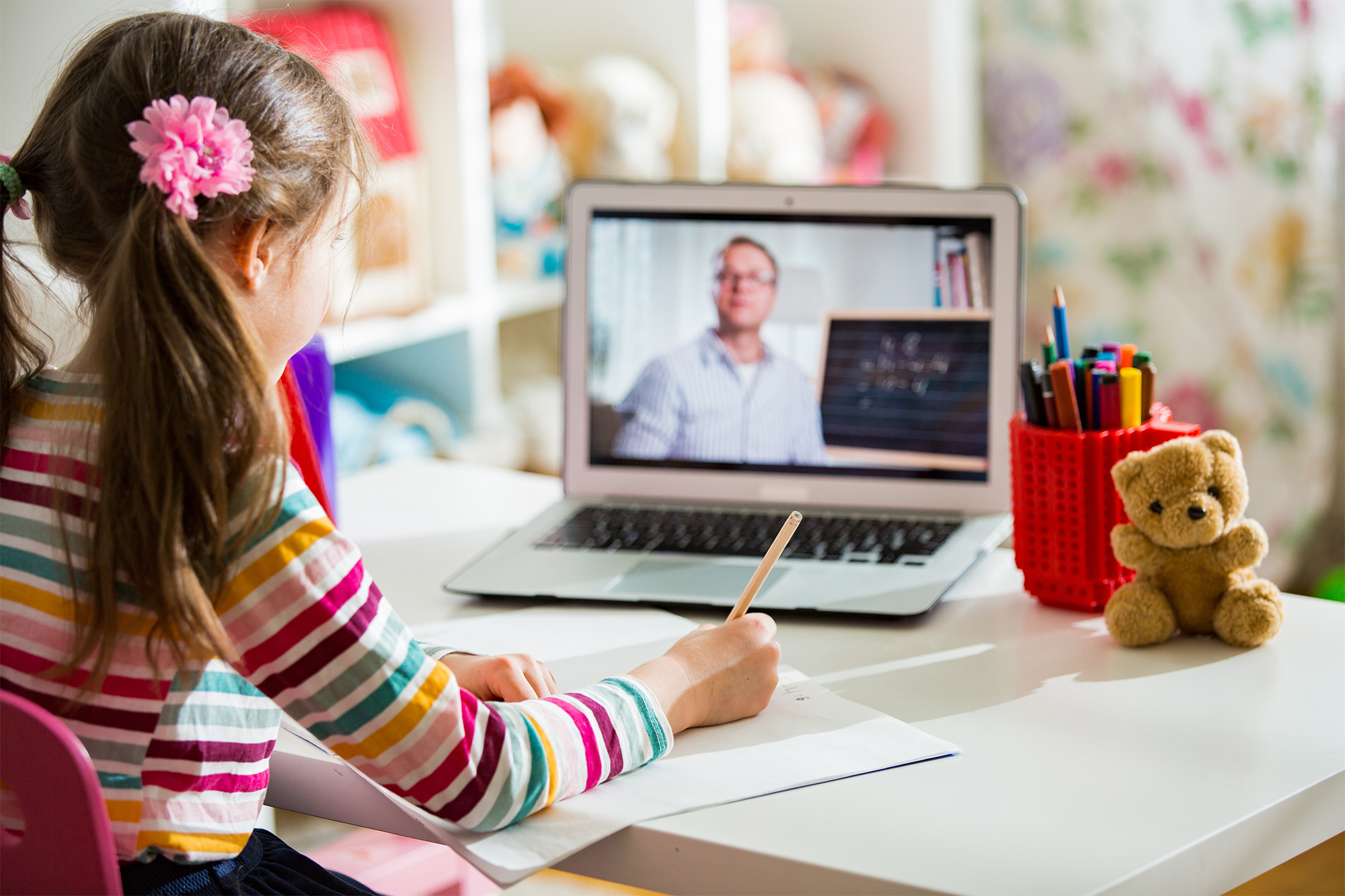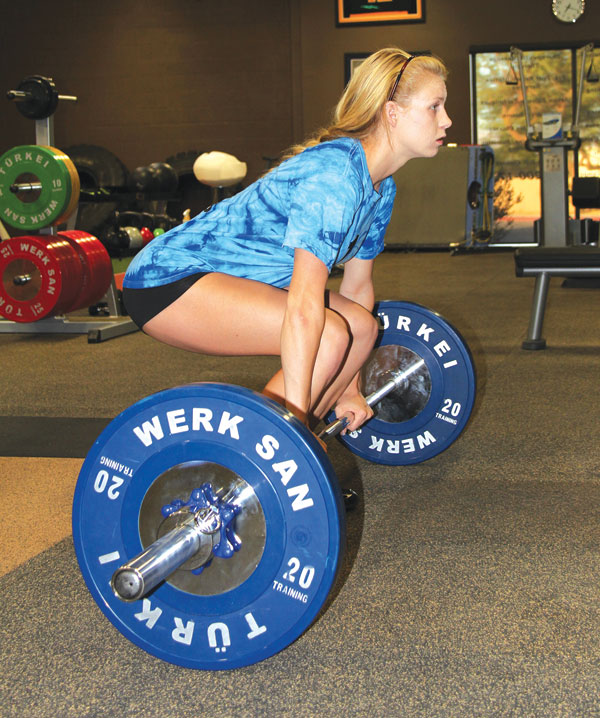In 2020, not only has technology proven to be a vital resource in business, educational and governmental environments, it continues to serve as another potential replacement to jobs that were once firmly secured by a warm human brain. It was once thought that teachers could never be replaced. From the relationships they develop with their students, to the importance of learning complex subjects, even the educational environment risks a complete overhaul. While health and environmental threats force increased use of technology to deliver education to today’s and tomorrow’s learners, how much of a change in delivery of education do we expect over the coming months and years?
From all parts of the globe, COVID-19 has completely changed our personal interaction. Large sports arenas, packed lecture halls and standing-room-only events just may be a distant memory. Efforts to find ways to use these large facilities and venues are underway. The days of pack ‘em in, are now “spread them out.”
The race to find the best method to deliver education has emerged as one of the most critical priorities of public and private institutions around the globe. While business and industry will adapt, each day students from grade school through graduate schools are without a comprehensive educational setting; delays in the knowledge needed to solve problems of tomorrow will reduce the strength and position of the United States.
New terminology
The pressing question clarified: How do students learn in the distance learning world? The effectiveness of the preferred method of learning obviously comes with advantages and disadvantages, which determine the frequency of usage in any educational model.
In any audience, the onus to pay attention lies with the captivity of the audience; what does the viewer/student gain for their undivided attention span? This determines the extent the student will exert effort to learn what’s being taught. Often, the most effective mode of delivering education is a multi-tiered method, which blends more than one method of instruction. You can read about more than two dozen different distance learning methods on the Continuing Legal Education Regulators Association’s website (www.clereg.org/assets/pdf/DL_Terminology.pdf). The most common and effective models include:
Blended learning: Learning, training or educational activities where distance learning, in its various forms, is combined with more traditional forms of training such as classroom or in-person training.
Distance learning: Educational situation in which the instructor and students are separated by time, location, or both.
ILT (instructor-led training): Usually refers to traditional classroom training in which an instructor teaches a course to a room of learners. The term is used synonymously with on-site training and classroom training. Zoom is a business meeting platform, though it has been used by many educators in the early stages of distance learning.
Self-paced learning: An offering in which the learner determines the pace and timing of content delivery. Providing online learning, review and examination, self-paced learning has been in use for over two decades.
Fully-online learning: This education appears to be the least effective method of learning, since learners need more than a computer to get them through lessons to attain comprehension. In a relatively recent article, Does Online Education Live Up to Its Promise? (Jan. 2019), researchers defend this claim. “Students in online education, and in particular underprepared and disadvantaged students, underperform and on average, experience poor outcomes. Gaps in educational attainment across socioeconomic groups are even larger in online, than in traditional coursework.” They further direct the less-effective results related to income and typically public education, “Fully-online programs widen achievement gaps and often are unaffordable, says reports seeking to discourage politicians from pulling back on federal policy protections” (Fain 2019). The authors conclude, “Technology has the potential for creating meaningful opportunities for low-income students, though the risks are too high to aggressively deregulate before more evidence is in about the effectiveness of that technology.”
Pre-college learning: In another scholarly article entitled Online Learning, Offline Outcomes: Online Course Taking and High School Student Performance, researchers determined that the alternatives to different education learning platforms tend vary with the learning style of the student. “Virtual classes may allow students to work at a more individualized pace. This individualized pacing may help slower learners by allowing them to repeat confusing material until they master it, and it can help faster learners by allowing them to move on when they master material, without requiring them to sit through repetitious explanations.”
COVID-19 and other “in-person” threats
Most rational minds of all intellect levels can concur that addressing the distance learning model sooner than later will result in the most productive, comprehensive manner of delivering education in the COVID-19 era. Throughout history, personal space has always been the risk factor in whether or not diseases spread. With a social-distanced model in effect, educators and administrators would be creating a means of delivering education in all environments, whether a virus looms, or not.
Simon Moore is an EMT and lead teacher of Coachella Valley High School Health Academy. Jodie Capper is an RN and health academy teacher at CVHS.
Sources:
1) https://www.imperial.edu/ivc/files/Distance_Education_Models_and_Best_Practices.pdf;
2) https://journals.sagepub.com/doi/full/10.1177/2332858419832852;3)http://mason.gmu.edu/~sprotops/OnlineEd.pdf


















































Comments (0)